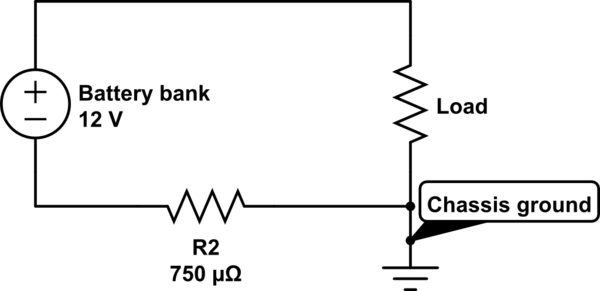I've built a motorhome-type vehicle, and wish to perform coulomb counting for the battery bank. I've placed a 100A/75mV shunt between the battery bank negative, and the negative bus (which is also connected to vehicle chassis to reduce wiring cost for alternator charging etc.)

simulate this circuit – Schematic created using CircuitLab
How can I most accurately measure the mV across the shunt? The value will typically be 1-10 mV, up to 100 mV peak, and will be either positive or negative, depending on the direction of the current.
I understand that I may need an inverting amplifier, since the microcontroller will be grounded at the load level, e.g. unable to measure a negative voltage. Or is it sufficient just to use offsetting?
I'm new to amplifiers, and worried that I'll spend countless hours trying to get the wrong components to work, particularly having difficulties accurately reading the 1-5mV level.
Typical usage, as measured across the shunt with a multimeter: - Charging at 20-30A = (negative) 15-22mV - Constant loads, ventilation etc., 1-2A = 0.75-1.5mV - Peak charging from alternator 50-80A = (negative) 38-60mV
The multimeter reads the values quite well/stable.

